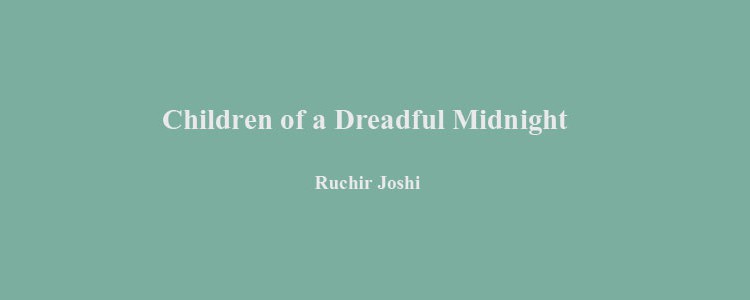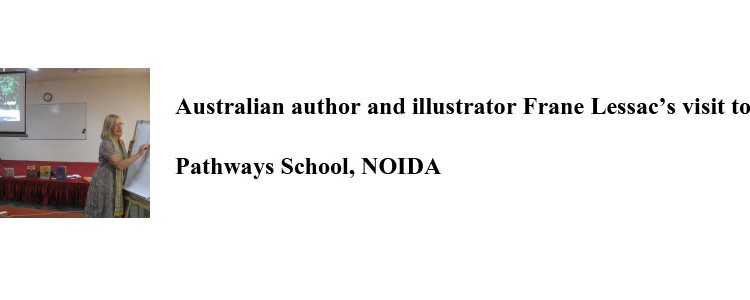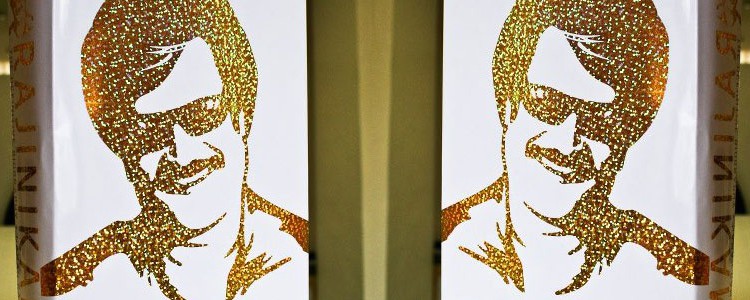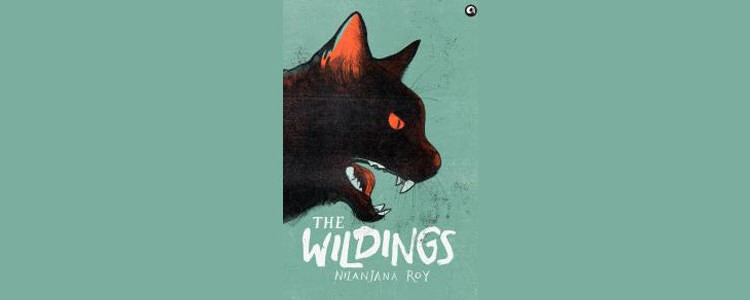http://www.thehindu.com/arts/books/article2420670.ece (first published in the Hindu Literary Review, 3 Sept 2011)

The Convert is about Maryam Jameelah who converted from Judaism to Islam and became a hard-line defender of Islamic values and culture.
The Convert: A Tale of Exile and Extremism is about Maryam Jameelah, the well-known conservative and hard-line defender of Islamic values and culture, currently living in Lahore. She has been publishing books, articles, and pamphlets since the 1960s. Some of the recurring issues are “condemning Western efforts to influence the Muslim world or criticising the ill-begotten efforts of the modernising reformers of Islam” (p.84). The Convert is predominantly about the conversion of Margaret Marcus, as she was born, from Judaism to the Jamaat-e-Islami brand of Islamic ideology.
Margaret or “Peggy” Marcus was born in 1934, but did not begin to speak till she was four years old. By this time, her anxious parents, Myra and Herbert, had taken her to various psychiatrists. When she finally began to speak, it was in complete sentences. Very much like the apocryphal, but well-known story about Macaulay, whose first words were, “Madam, the agony is abated.” Her mother described Margaret as hyper-sensitive and of a nervous disposition, but “she was considered an exceptionally gifted young girl. Her paintings were always praised in school and she had a beautiful singing voice” (p.109). At the summer school, where she was happy learning how to dance, she was severely condemned by the director and requested not to return as she had no flair for the art. Likewise with her painting — upon being informed by Mawdudi that painting was not looked upon kindly in Islam, she gave up painting till the late 1990s. Later, she was unable to complete her course at the University of Rochester as she had a nervous breakdown. By the time she began her correspondence with Maulana Abdul Ala Mawdudi, founder of the Jamaat-e-Islami, she had been diagnosed with chronic schizophrenia and had had a “fifteen-month long stay at the New York Psychiatric Institute and later the Hudson River State Hospital” (p.125). The other correspondents included “mature Arab Muslim leaders deemed reactionary fanatics by the New York Times”, such as Sayyid Qutb of the Society of Muslim Brotherhood and Shaykh Muhammad Bashir Ibrahim, leader of the insurgency against France and a member of the Islamic clergy (p.140).
Exploring Islam
It was after these stints in mental asylums that she began to explore Islam seriously. In fact, “Mr Parr, the librarian in the Oriental Division of the New York Public Library brought her attention to Muslim Digest where she would publish her first essays on Islam. “After reading Islam at the Crossroads by Muhammad Assad, the Jewish convert whose book The Road to Mecca had made such a deep impression on her, Margaret began to articulate the kernel of her argument against modern America” (p.136). But it was Sheikh Daoud Ahmad Faisal, a pure Moroccan Arab and his West Indian wife, Khadija Faisal, who ran the Islamic Propagation Centre of America, housed in a run-down storefront in Brooklyn Heights “who finally convinced Margaret Marcus to submit to God, to obey His commands as set forth in the Holy Quran, and to sacrifice her life in this world for the life in the hereafter” (p.138). It was “Peggy’s paralysing childhood fear of death had forced her to ponder the most profound questions of existence for hours on end. When she grew older she compared the sacred texts of Christianity, Judaism, and Islam for their teachings on the hereafter. Of all these faiths, only Islam provided her the clear assurance that her efforts to live a pious life would be justly rewarded” (p.137-8).
Most of her arguments and tension with her parents were over the formation of Israel, their religious prejudice against the Arabs, the Palestinians and their support for Zionist activities and institutions, though her parents were also to convert later, but to the Unitarian Church. In fact, she began a novel, Ahmad Khalil: The Story of a Palestinian Refugee and His Family, and illustrated it with sketches at the age of 12 but it remains unpublished. Margaret Marcus began to write on Islam and by the time she reached Lahore, “her work began to appear in translation in the Arab daily An Nadwah, out of Mecca; in the Daily Kohistan, a Karachi monthly; in a newspaper out of Kerala…in a few Urdu publications out of Lahore. A collection of essays was released in Istanbul”(p.84).
Margaret Marcus was so taken in with the religion that she converted. Then, at the behest of Maulana Abdul Ala Mawdudi she travelled to Lahore to become a part of his family. Soon the relationship turned sour and she was packed off to Pattoki. But from there too, she was soon transferred to the Pagal Khanna in Lahore. She stayed there till August 1963, when she was released into the custody of Mohammad Yusuf Khan, a Pathan whose family were powerful feudal lords in Jullunder, but post-1947 had fled to Pakistan as refugees. He was “connected with the Jamaat-e-Islami as he was responsible for the publication of the Mawlana’s works and for selling skins of sacrificial goats donated to the party during Ramadan. While the party was banned, Khan oversaw the publication of the Weekly Shahab” (p.157). Later in the month, he married Maryam Jameelah, who became his second wife. They had five children, but it was Yusuf Khan’s first wife who brought up Maryam Jameelah’s children, along with her own brood of ten.
Deborah Baker has based her book on “…the Maryam Jameelah collection on deposit at the Manuscripts and Archives Division at the New York Public Library” and interviews, including with Maryam Jameelah in late 2007. She focuses on the 24 letters written from the 1950s to 1963 and these dominate The Convert. Then the 30 years of Maryam Jameelah’s life documenting her marriage, motherhood and political upheavals are reduced to a few pages. Baker claims that this book is “fundamentally a work of nonfiction”, though she refers to it as ‘a tale’. She says that “unless her words are accompanied by quotation marks and a specific citation, the actual and imaginary letters of Maryam Jameelah do not appear here as she wrote them. … I have also moved an anecdote or thought from one letter to another, or taken an anecdote or thought from an essay and put it into a letter. …I do not make anything up. Some readers might find this simply unorthodox, others may well feel misled. …” Nor did “Maryam …ask to read the manuscript before publication. She trusted, as the reader will have to trust…” (p.225-6). In some instances it is as if writing this book was also for Deborah to understand her own Catholic upbringing, the conversion of her father to Catholicism for love, the family arguments over religion and the answers her siblings found.
Fiction or biography?
If Baker was interested in writing a bio-novel of the kind that David Lodge and Peter Ackroyd have written, then she should have been honest and done so. In that case, it is perfectly acceptable to have a fictional license and insert or embellish parts of the narrative. As David Lodge wrote recently in The Guardian, “…as long as they are compatible with the factual record, and the book is presented and read as a novel, not as history, no harm is done, and something may be gained. Bio-fiction does not pretend to replace biography, but complements it, offering a different kind of interpretation of real lives.” It may have been best if the empirical data had been presented as is, with a good analysis of the subject, rather than intruding into the narrating like a “nosy …biographer” (p.130). Siobhan Lambert-Hurley, co-editor and translator of Atiya’s Journeys: A Muslim Woman from Colonial Bombay to Edwardian Britain, says that working on a woman’s memoir is a “fine line between editing a memoir and completely reconstructing her life story —especially around one significant event”.
The Convert: A Tale of Exile and Extremism, Deborah Baker, Viking, 2011, p. 256, Rs. 450.























